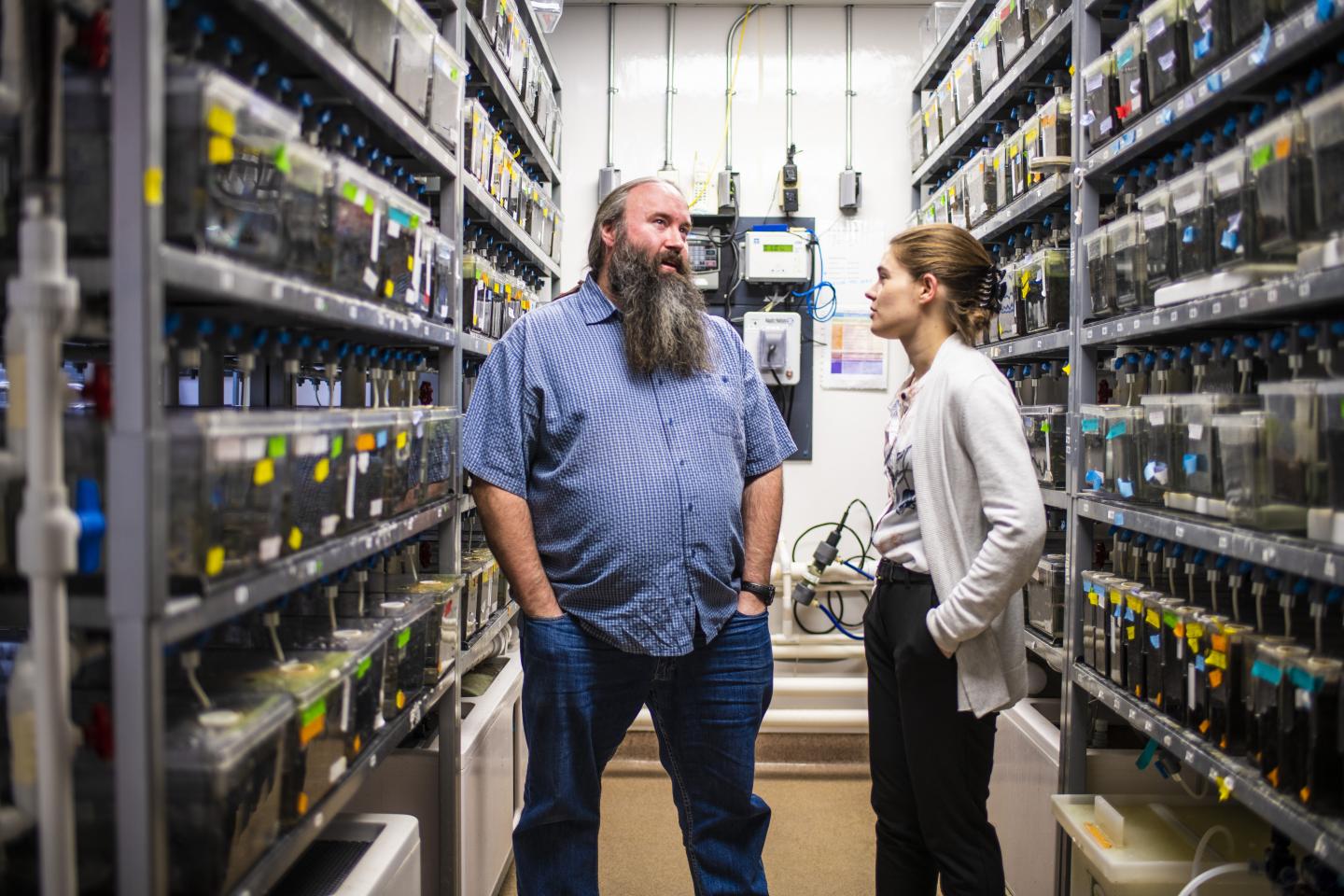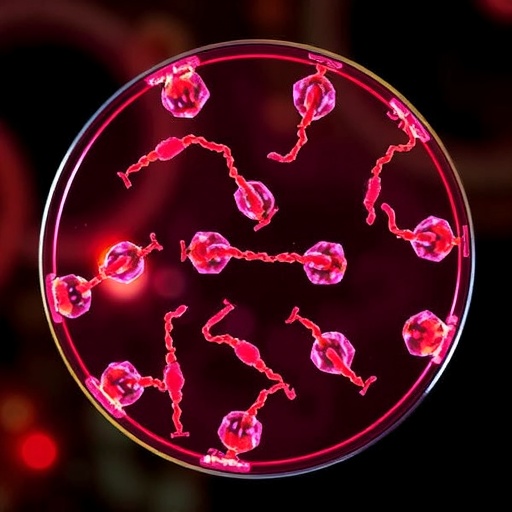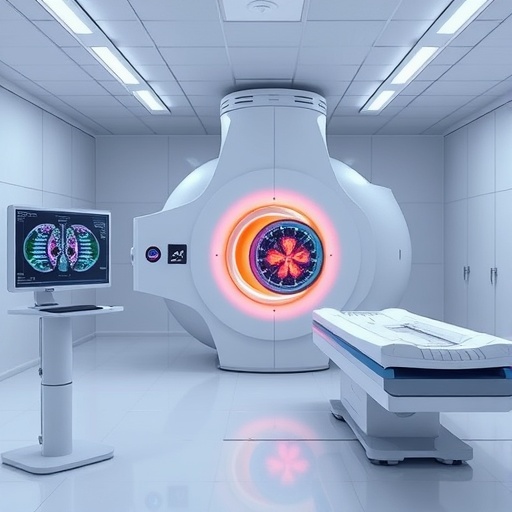University of Alberta scientists find a new application for an existing drug, with potential to slow progression of the devastating degenerative disease

Credit: John Ulan for the Faculty of Science
A new drug could significantly slow the progression of ALS, also known as Lou Gehrig’s disease, according to new research by University of Alberta biologists. Current treatments slow progression of the degenerative disease by only a few months, and these findings could revolutionize the treatment of patients suffering from ALS, extending and improving quality of life.
The drug, called telbivudine, targets a protein that misfolds and does not function correctly in patients with ALS. “SOD1 is a protein that is known to misfold and misbehave in most cases of patients with ALS,” explained Ted Allison, associate professor in the Department of Biological Sciences and co-author on the study. “We showed that telbivudine can greatly reduce the toxic properties of SOD1, including improving the health of the subject’s motor neurons and improving movement.”
The research team used computer simulations to identify drugs with the potential for targeting the SOD1 protein. From this shortlist, the scientists identified and tested the most likely candidates–including telbivudine–using animal models.
“ALS is not well-understood,” said lead author Michele DuVal, who recently completed the PhD portion of the Faculty of Medicine & Dentistry’sMD/PhD program under the supervision of Allison. “We don’t yet know exactly what goes wrong first in the motor neurons or how the misbehaving SOD1 causes toxicity. Because there is still much to learn about the disease, the ALS research community focuses on both understanding ALS and on developing promising therapies.”
The discovery of telbivudine as a potential treatment is particularly exciting because the drug is already in use for treating patients with hepatitis. “It is already proven safe to use in patients, and it has very good potential for repurposing to use in a new clinical setting against ALS,” said Allison.
This research was made possible through the generous contributions of donors to the Faculty of Science. “Support for research allows the scientific community to continue to take risks and make breakthroughs like this one,” added DuVal.
###
This research was done in collaboration with the Kovalenko Lab at the National Research Council on campus at UAlberta. The paper, “Tryptophan 32 mediates SOD1 toxicity in a in vivo motor neuron model of ALS and is a promising target for small molecule therapeutics,” was published in Neurobiology of Disease (doi: 10.1016/j.nbd.2018.11.025)
Media Contact
Katie Willis
[email protected]
780-267-0880
Original Source
https:/
Related Journal Article
http://dx.




